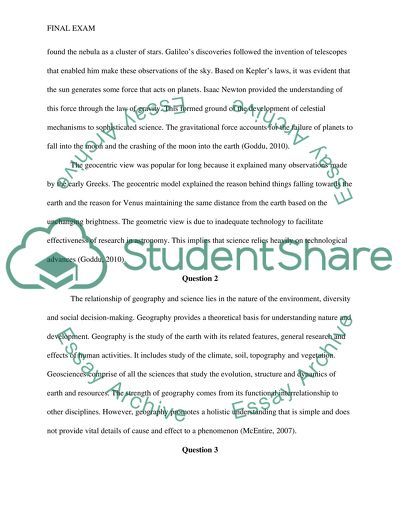Cite this document
(“Midterm Essay Example | Topics and Well Written Essays - 1250 words”, n.d.)
Retrieved from https://studentshare.org/geography/1483321-midterm
Retrieved from https://studentshare.org/geography/1483321-midterm
(Midterm Essay Example | Topics and Well Written Essays - 1250 Words)
https://studentshare.org/geography/1483321-midterm.
https://studentshare.org/geography/1483321-midterm.
“Midterm Essay Example | Topics and Well Written Essays - 1250 Words”, n.d. https://studentshare.org/geography/1483321-midterm.


